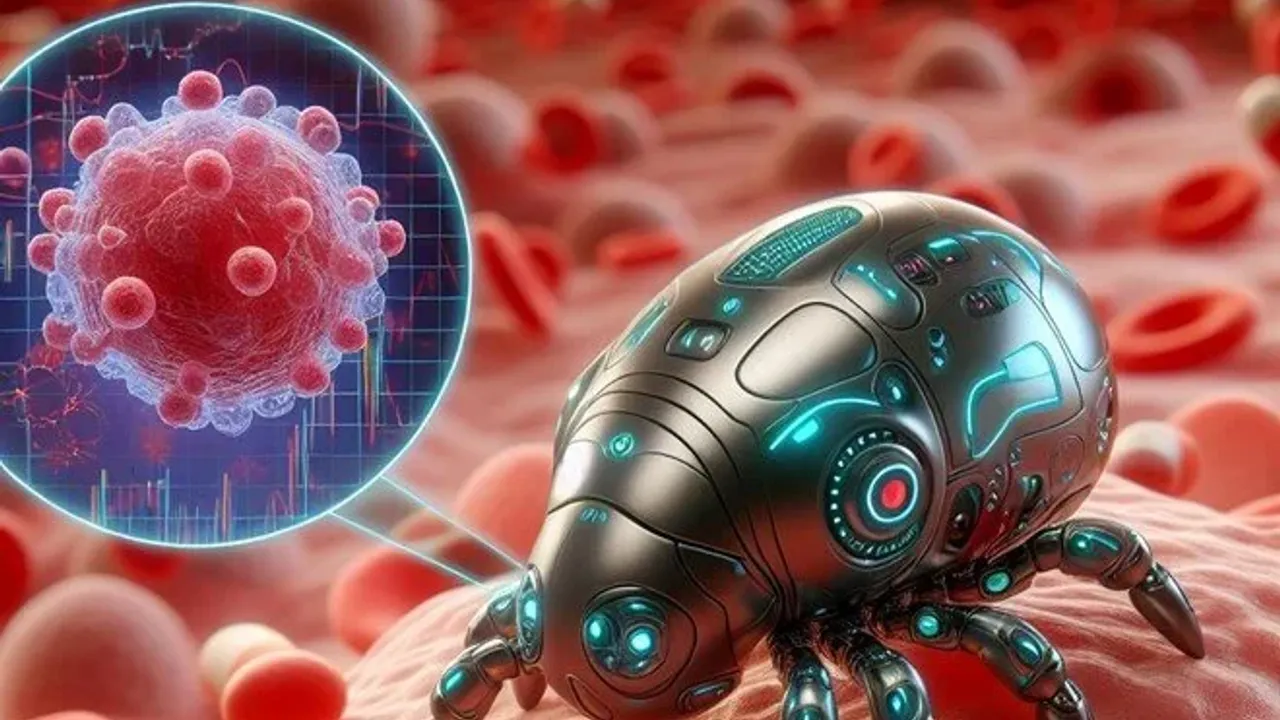Nanorobots moving through the bloodstream could reduce cancerous tumors in the bladder by 90 percent.
In a potential breakthrough, scientists in Barcelona have created tiny robots 450 nanometers in size that deliver treatment directly to the growth.
The research was carried out by scientists at the Bioengineering Institute of Catalonia (IBEC) and CIC biomaGUNE, in collaboration with the Institute for Research in Biomedicine (IRB Barcelona) and the Autonomous University of Barcelona (UAB).
ELIMINATES MULTIPLE TUMORS
In a study on mice, researchers have shown that tiny machines can shrink a tumor after a single trial, eliminating the need for multiple tumor treatments.
Current treatments for bladder cancer include surgery and chemotherapy, but the costs of these treatments are very high.
This is because patients need six to four hospital visits before they see the tumor shrink.
But the new study claimed that nanobots could achieve this in one go.
450 NANOMETER-SIZED NANOBOTS
The nanobots are 450 nanometers in diameter and you need to increase the magnification 20 million times to see it.The robots' surfaces were coated with gold nanoparticles, allowing the researchers to see how they move through the bloodstream and attack the tumor.INJECTED INTO THE BLOODSTREAM OF MICEThe team injected the nanobots into the bloodstream of mice with bladder cancer and watched as the golden machines began to work, spreading throughout the body to reach the tumor.The team noticed that the nanobot increased the pH balance near the tumor, which breaks down its extracellular matrix, which contributes to the mechanical properties of tissues.Once detected, the tiny nanobots hit the tissue of the urinary tract.But because the tumor is more spongy, the tiny robots are absorbed and grouped inside and deliver radioactive iodine, a radioisotope commonly used to treat localized tumors and thyroid gland cancer.
The scientists conducting the nanobot study are still unsure whether the nanobot treatment will prevent the tumor from returning, but additional studies are already underway to determine long-term effectiveness following the nanobot's success.While initial cure rates for bladder cancer are successful, tumors return in 30 to 70 percent of patients, requiring additional treatment and expense, and progression in 10 to 30 percent.















